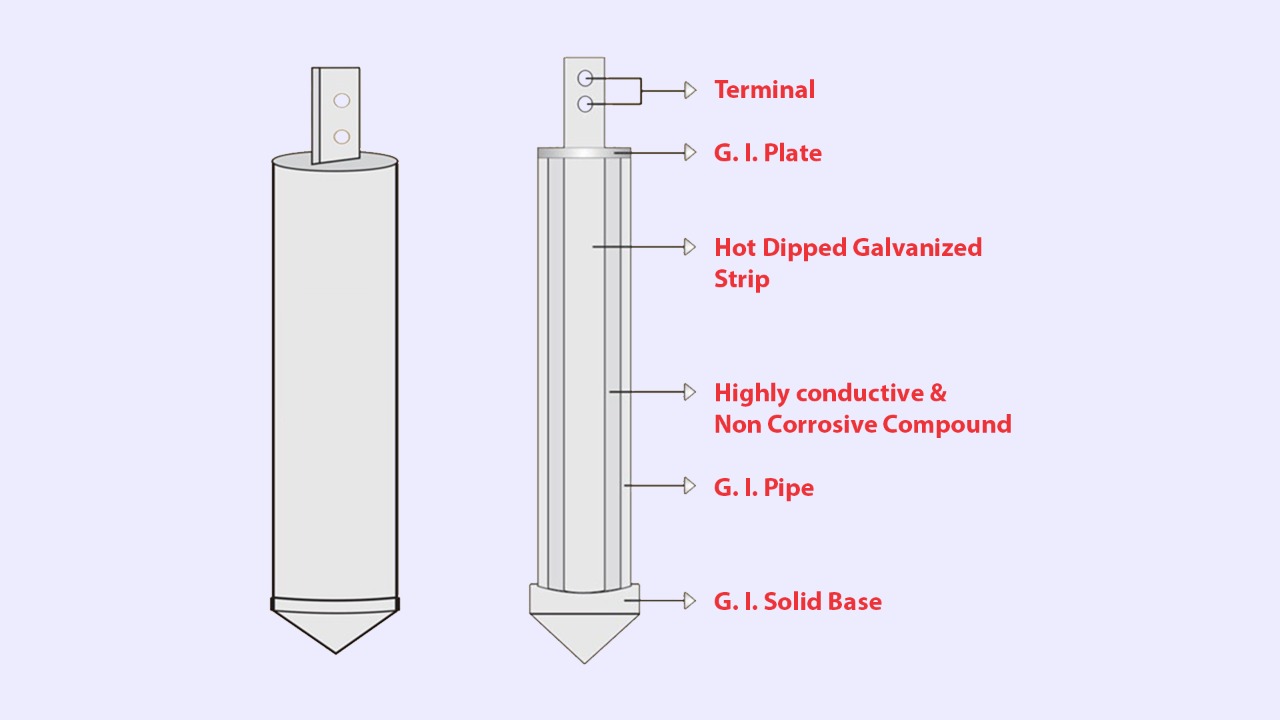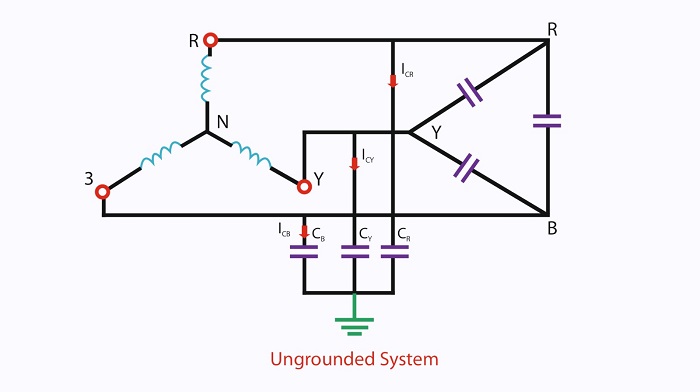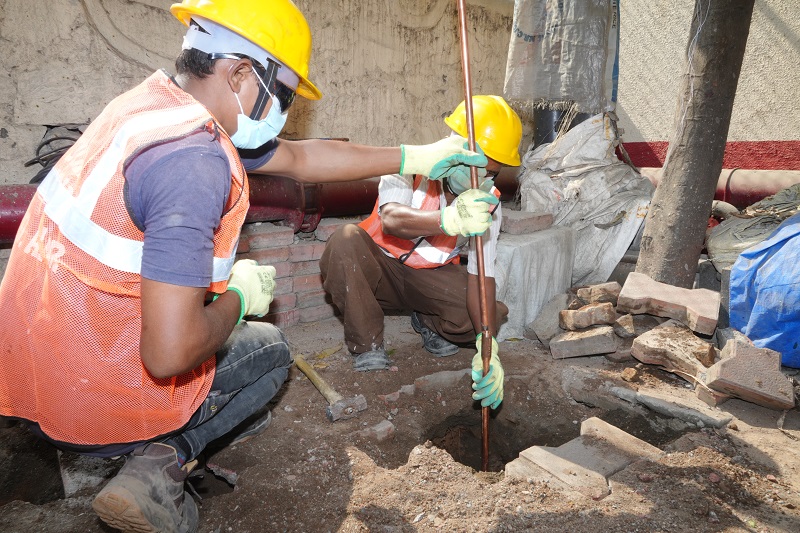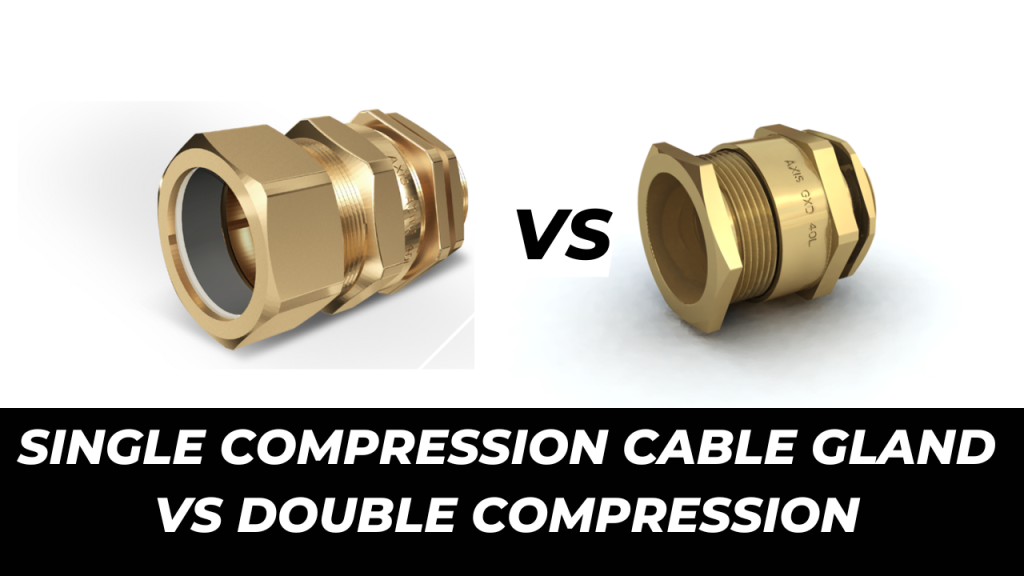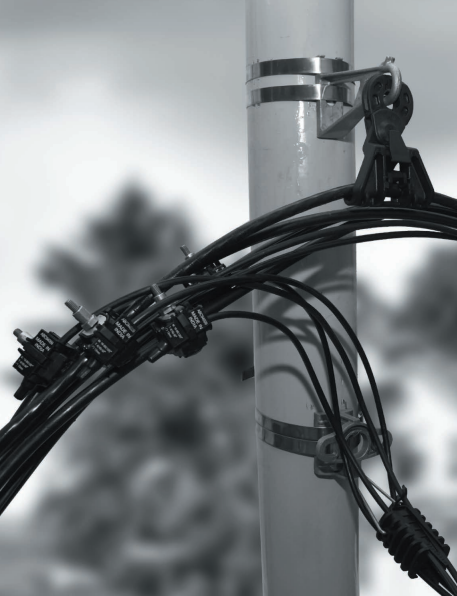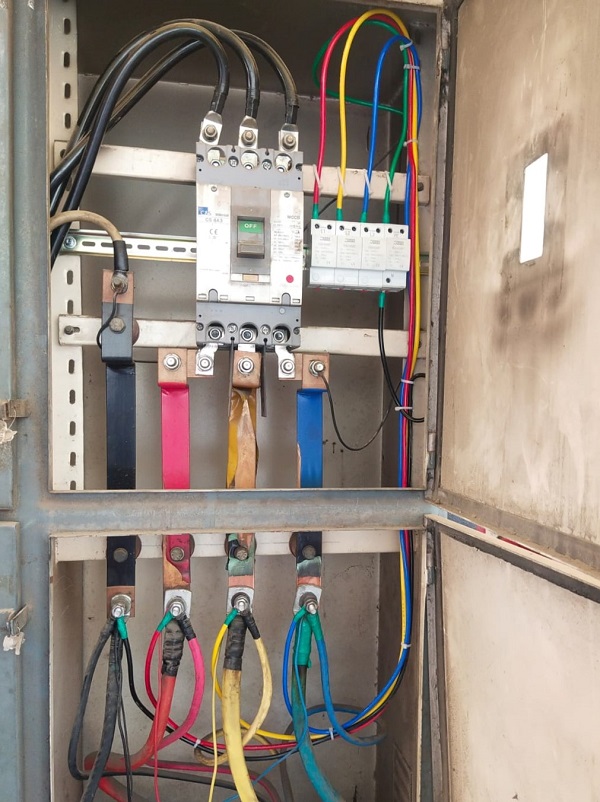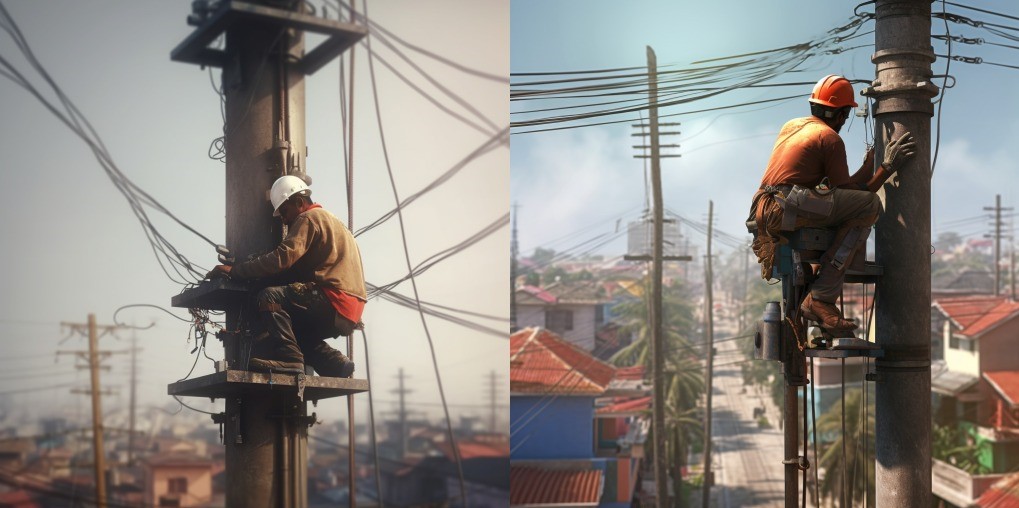Expert Electrical
Engineering Articles
- Home
- Blog
What is Maintenance Free Earthing?
Earthing, also known as grounding, is the practice of transferring electrical charges to the ground through low-resistance cables or rods to quickly discharge any stored energy. There are two main types of earthing: maintenance-free earthing and
Read MoreCopper Conductors VS Copper Clad Steel Conductors
An electrical conductor is a material that allows electricity to flow through it. However choosing between “copper-clad steel conductors” and “pure copper conductors” for lightning protection can be confusing, as both serve similar purposes. But, selecting the wrong one can make a significant difference. Conductors can generally be classified by ...
What is an Electrical Grounding System?
A grounding system is a network of conductors that provides a low-impedance path for electrical fault currents to flow safely to the earth. The purpose of a grounding system is to protect people and equipment from electrical hazards, such as electrical shock and equipment damage. In an electrical distribution system, ...
Ufer Grounding – An In Depth Analysis
In the realm of electrical grounding, one method stands out due to its unique approach and historical significance: Ufer Grounding. Officially recognized as a concrete-encased grounding electrode in the National Electrical Code (NEC), this grounding technique has proven to be a reliable solution, particularly in arid regions where conventional grounding ...
Satellite Connectors for AB Cable – Myths and Facts
A multiport insulation piercing connector (IPC) is also referred to as a satellite connector for ABC cable. Multiport connectors are extensively used in urban power distribution systems based on aerial bundled cables (ABC). There are many good reasons for using multiport connectors in different power systems, especially in distribution systems. ...
Single Compression Cable Gland VS Double Compression
What are Cable Glands? Ever wondered how cables enter and exit electrical enclosures safely? The unsung hero of this process is a small yet significant component: The Cable Gland. Among these, the Single Compression Cable Gland plays a critical role. They not only allow cables to pass through safely, but ...
Are ABC Cables Impacting Indian Power Distribution?
Aerial Bunched Cable (ABC) is an innovative concept for Over Head power distribution. When compared to the conventional bare conductor OH distribution system, ABC provides higher safety and reliability, lower power losses, stability in terms of voltage regulation and ultimate system economy by reducing installation, maintenance and operation costs. This ...
Types of Busbars – Why do you need them?
What is a Busbar? A busbar is a metallic conductor that serves as a central hub for multiple electrical connections. It can be solid, hollow, or flexible, and comes in various shapes. In this blog, we will understand the Types of Busbars and their roles in respective applications. Essentially, it’s ...
AB Cable – Installation & Laying Best Practices
Power distribution is a crucial aspect of our modern world, and the significance of Aerial Bundled Cables (AB Cable) in this respect can’t be overstated. AB Cable is a commonly used power distribution system with various benefits over traditional overhead lines. However, for it to deliver optimal performance, reliability, and ...
Why Wind Turbines needs Lightning & Surges Protection?
In this article, we will explore the importance, design & installation of Lightning & Surge Protection for wind turbines. This essential topic explores the cutting-edge strategies and technologies used to protect these towering giants from lightning strikes and transient over-voltages, ensuring their reliable operation, minimising downtime, and safeguarding valuable components ...

